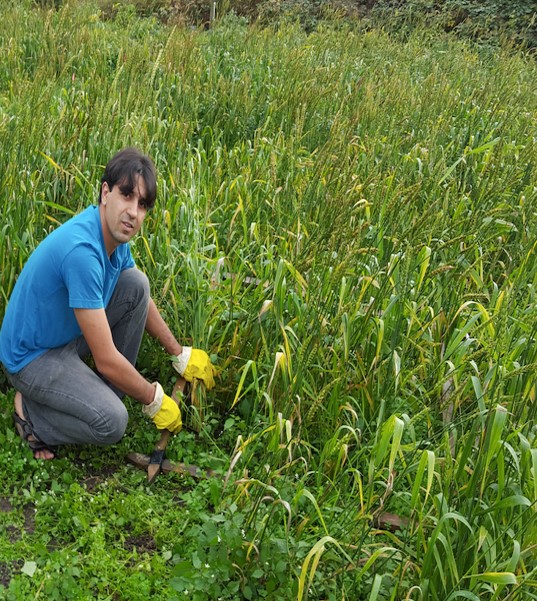

Experimental Research by Abdul Sami, Sustainable Agriculture and Food Systems Student, 2015
Wireworm Control with Organic Fertilizer
Objective: Evaluate potential of defatted canola seed meal and Enterra Natural Fertilizer for wireworm control in wheat.
Introduction
Wireworms are major soil-dwelling pests of vegetable and fruit crops. They are root-feeding larvae of click beetles (Coleoptera: Elateridae) that remain in the soil-dwelling larval stage for 2-5 years before emerging briefly as adults to reproduce (Fig. 1). The larvae reduce yield, and damage seeds and roots of a wide range of crops, including potato, cereals, carrot, sugar beet, and soft fruits. Wireworm management has long relied on synthetic pesticide applications. Few management tactics are available to organic growers.
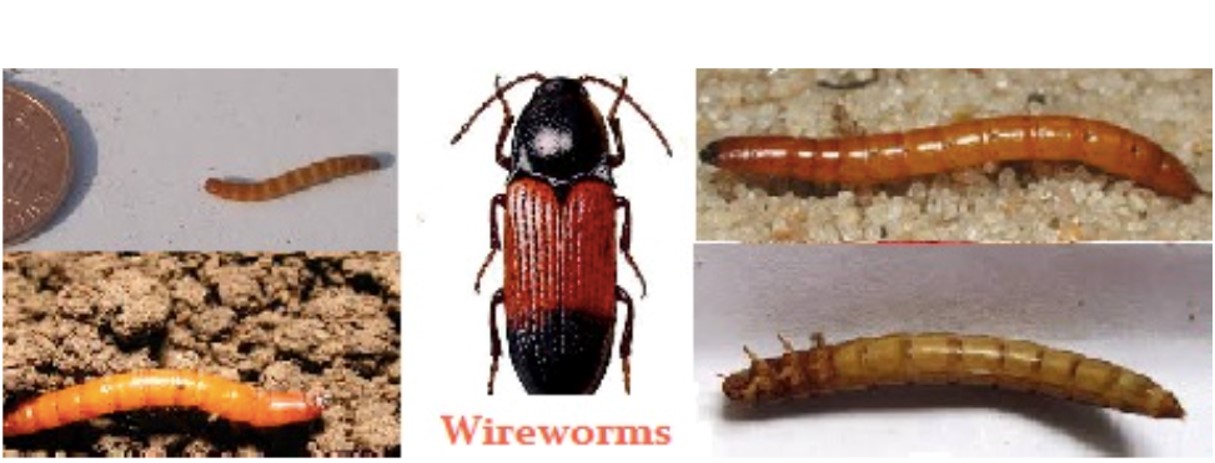
Figure 1. Wireworm larvae and adult click beetle adult (centre).
Defatted Seed Meal (DSM) from brassicas such as mustard, rapeseed, and canola (Fig. 2) may protect plants from wireworms by releasing glucosinolates, which break down into gasses that are toxic to insects.
Enterra Natural Fertilizer (ENF) is food waste digested by black soldier fly larvae and converted into high quality animal feed and fertilizer. The frass of black soldier fly larvae has shown some potential to protect plants from wireworms. ENF is 80% organic matter and also contains beneficial microbes and plant nutrients (Fig. 3.)
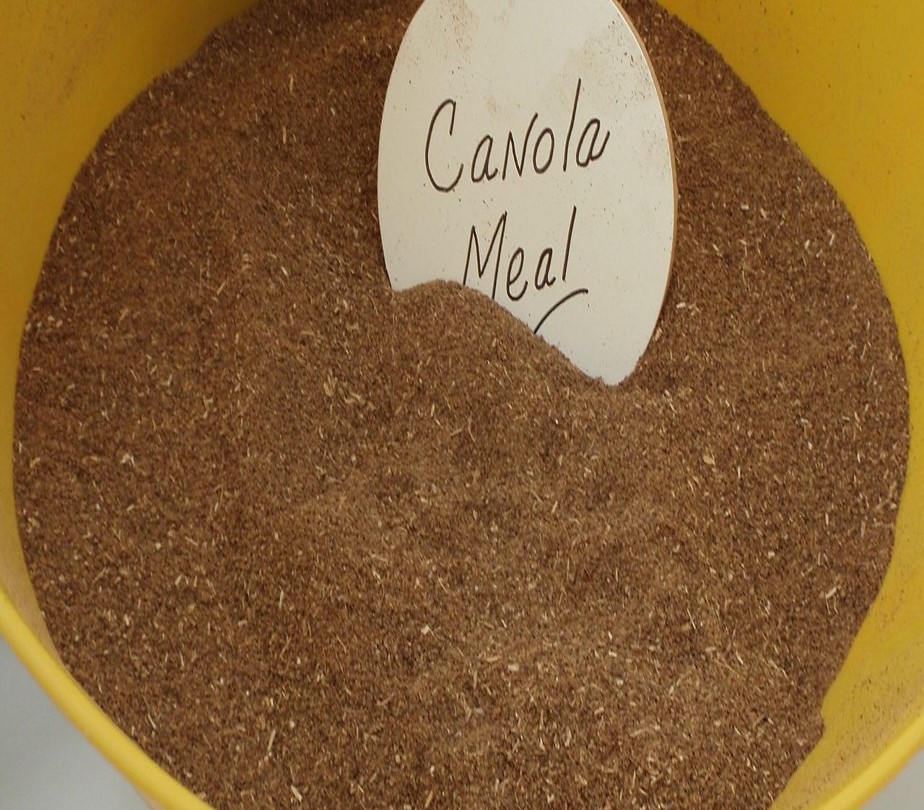 |
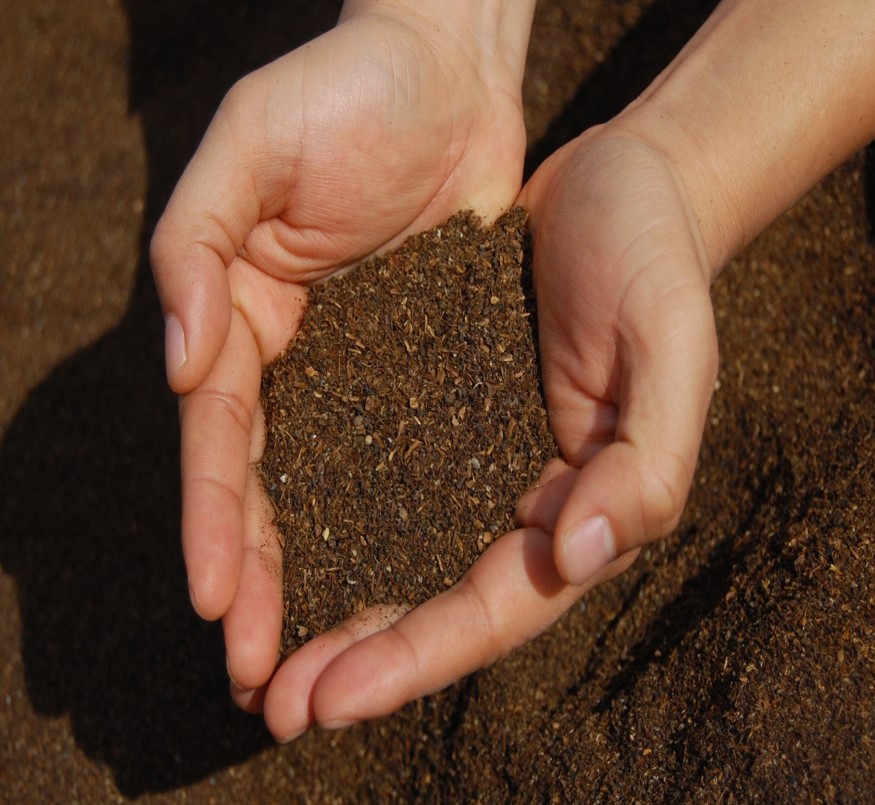 |
Figure 2. Canola Seed Meal |
Figure 3. Enterra Natural Fertilizer |
Objective
Evaluate potential of Defatted Canola Seed Meal and Enterra Natural Fertilizer for wireworm control in wheat.
Method
Twelve research plots were established at the KPU Orchard in south Richmond. Freshly-cultivated plots were randomly assigned to one of three treatments in a Completely Randomized Design with four replicates. Treatments were:
- Control (no fertilizer);
- Enterra Natural Fertilizer applied at 0.7 kg/m2
- Defatted Seed Meal applied at 1.5 kg/m2
All plots were seeded with wheat after treatments were applied in mid-May, 2015.
Two bait traps were deployed in each plot at the beginning of September. Each trap consisted of 50 g of wheat seed buried 2-5 cm below the soil surface in a 30 cm pot. Traps were removed every 7-8 days and emptied onto a clean surface to count wireworms (Fig. 4). Traps were replenished with fresh wheat seed and the process was repeated six times.
The experiment was terminated in early November, when all aboveground wheat biomass was collected and weighed from three 1m2 sections of each plot (Fig. 5). Wheat plants collected from each sample area were counted.
Data were analyzed by ANOVA in the R statistical computing environment. Means were separated by Tukey’s test (α = 0.05).
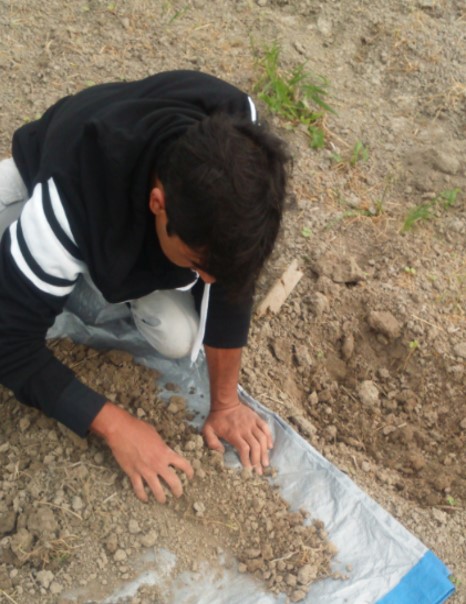 |
Image

|
Figure 4. Counting wireworms |
Figure 5. Weighing wheat biomass |
Results
Wireworms were less abundant in the fertilized plots than the control plots (P = 7.7 x 10-6) (Fig. 7). No differences were detected between DSM and ENF treatments.
Neither wheat biomass nor plant count differed significantly between treatments (P = 0.28 and 0.47, respectively).
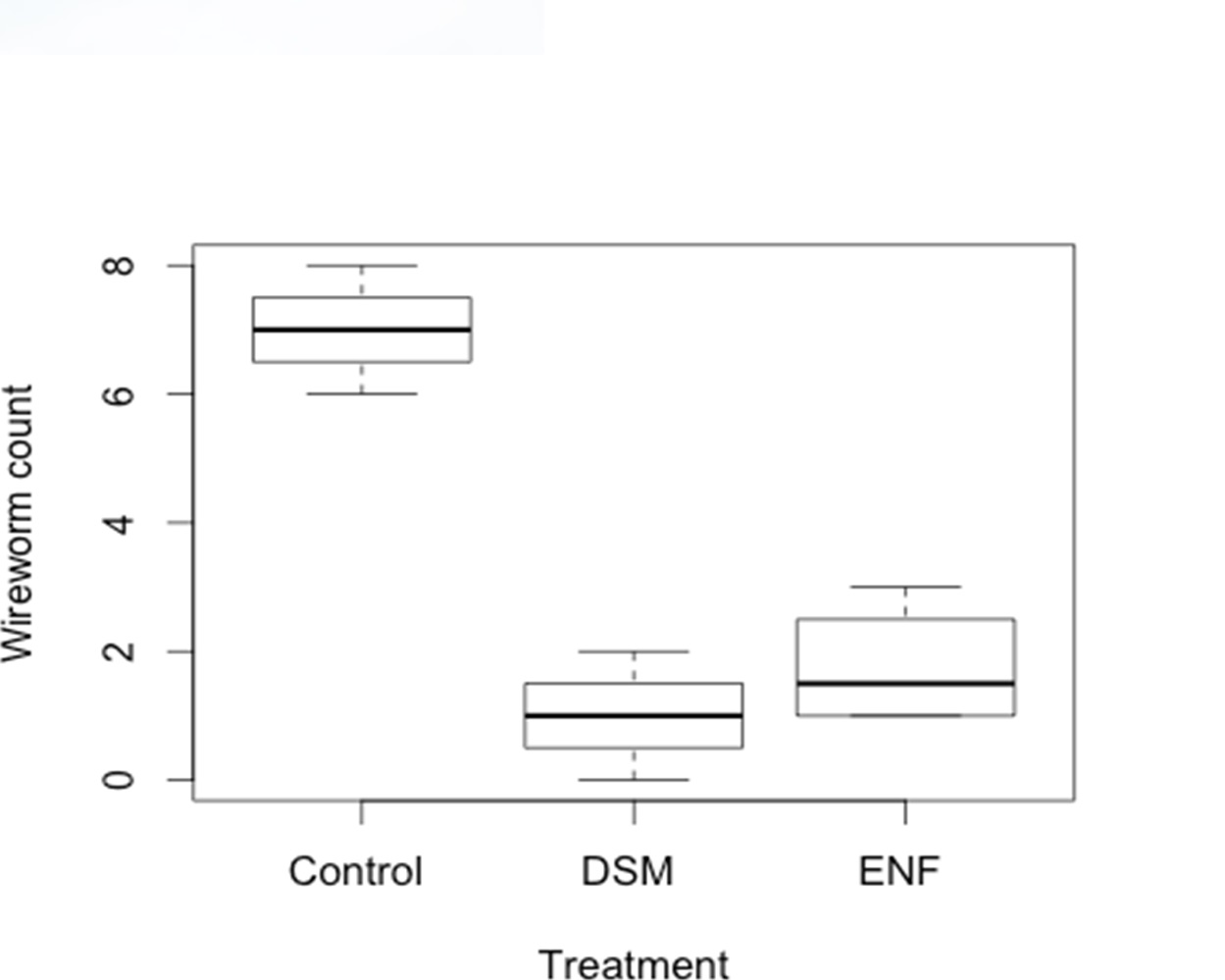
Figure 7. Wireworms per plot by treatment.
Conclusion
Enterra Natural Fertilizer and canola seed meal both reduced wireworm abundance in a susceptible wheat crop. These environmentally friendly products offer an alternative to synthetic pesticide applications, and may be useful to organic farmers.
Acknowledgements
Thanks to the Enterra Feed Corporation (Vancouver, BC) for donating the ENF fertilizer used in this study.
